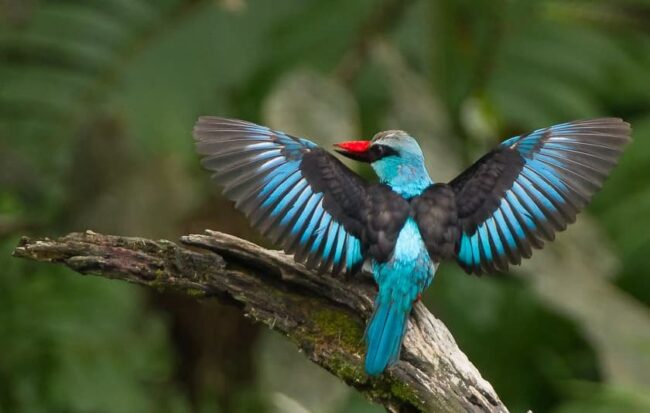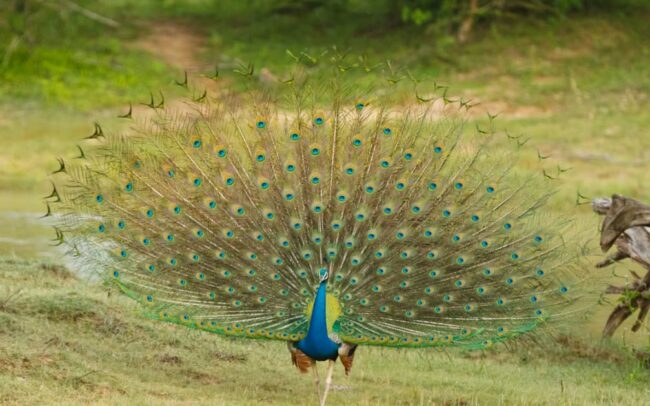While the Northern Flicker possesses the ability to climb tree trunks and engage in woodpecker-like behavior, it has a distinct preference for finding food on the ground. Its primary source of sustenance is ants, which it diligently seeks by digging in the earth. Utilizing its long, barbed tongue, the flicker skillfully licks up the ants it discovers.
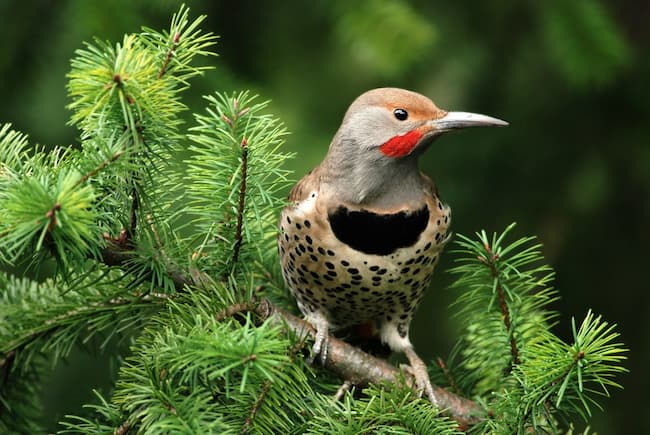
Previously, the red-shafted and yellow-shafted variations of the Northern Flicker were considered separate species. However, these two forms extensively hybridize within a broad region spanning from Alaska to the panhandle of Texas. A hybrid individual often exhibits traits from both forms while also displaying characteristics that are intermediate between them.
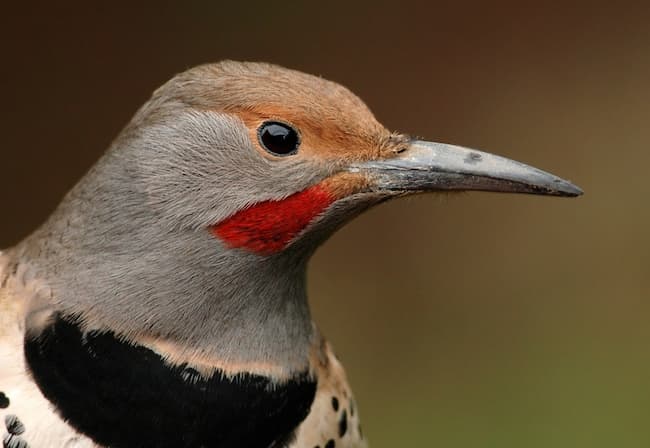
While the Red-shafted Flicker occasionally hybridizes with the Gilded Flicker, such instances are less common.
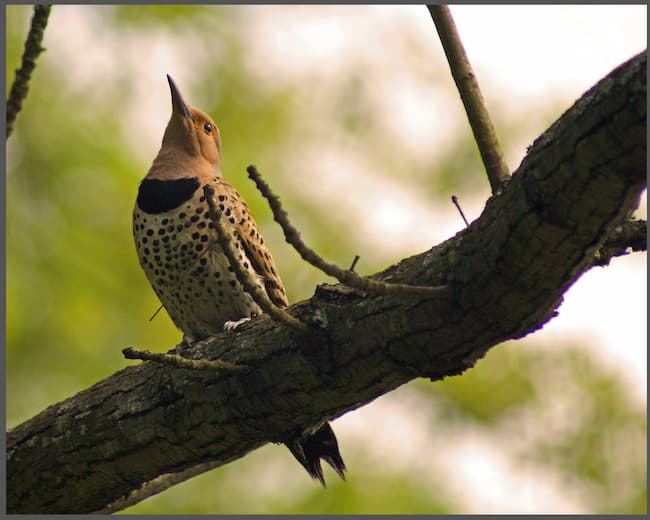
The Northern Flicker stands out among North American woodpeckers for its strong migratory behavior. Flickers residing in the northern regions of their range migrate south for the winter, although some individuals may remain in relatively northern areas.
Typically, Northern Flickers construct their nests in tree cavities, following the nesting habits of other woodpeckers. On occasion, they have been found nesting in abandoned burrows previously inhabited by Belted Kingfishers or Bank Swallows.
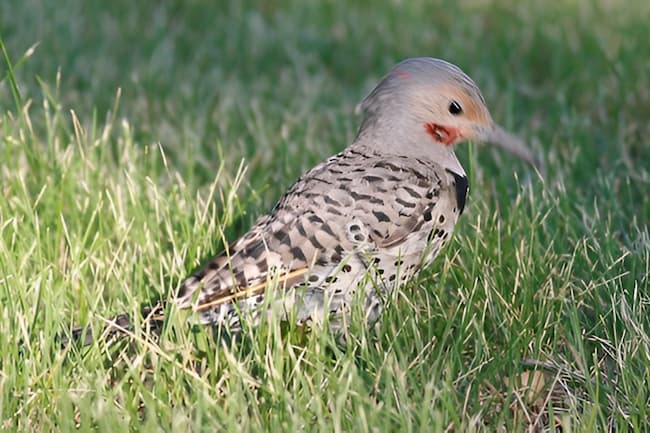
Similar to most woodpeckers, Northern Flickers engage in drumming on objects as a means of communication and territorial defense. When drumming, their objective is to create as loud a noise as possible, which is why they sometimes drum on metallic objects. In Wyoming, one Northern Flicker’s drumming on an abandoned tractor could be heard from a distance of half a mile.
The oldest recorded yellow-shafted Northern Flicker was a male that lived to be at least 9 years and 2 months old when discovered in Florida. The oldest red-shafted Northern Flicker reached a minimum age of 8 years and 9 months.
